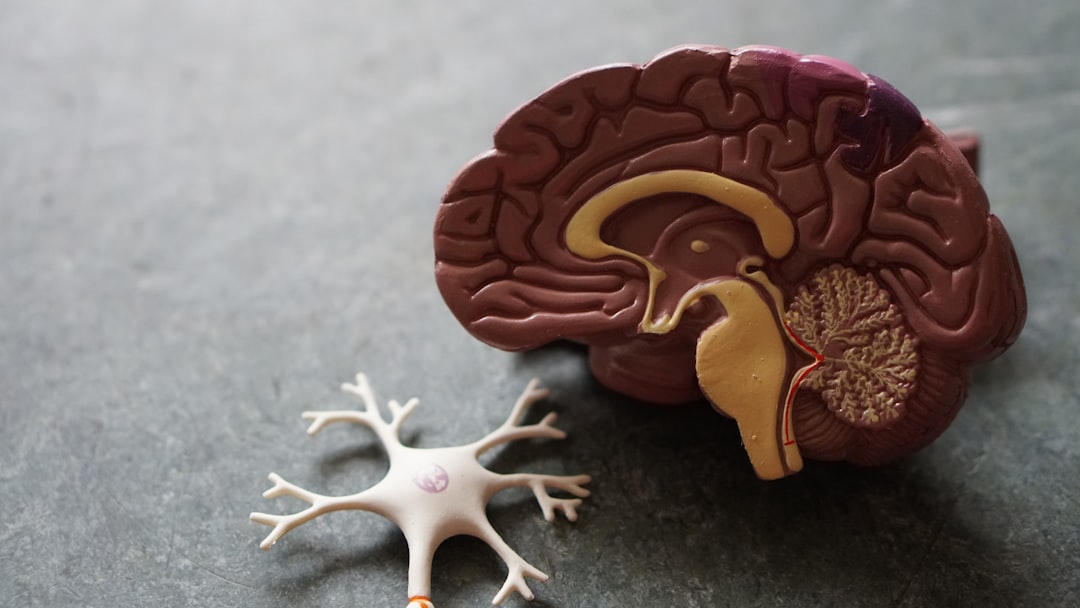What is it about?
This clinical trial tested if arthritis gloves work. Previously, we reviewed published evidence about arthritis glove effects. We found little evidence to say they work. Arthritis gloves aim to reduce hand pain, swelling and help people with arthritis use their hands more easily. Gloves apply pressure to the hands. It is this pressure which is thought to provide symptom relief. The amount of pressure applied depends on a) the amount of elastane (i.e. Lycra or Spandex) or neoprene in the glove fabric and b) how "snugly" the gloves fit. We ran a randomised controlled trial with 206 people with moderate to severe hand pain caused by inflammatory arthritis. They were recruited and treated in 16 United Kingdom National Health Service hospitals. Half of the participants were provided with "snugly" fitted Isotoner arthritis gloves (containing 20% elastane: treatment group). The other half were provided with "loose" fitted arthritis gloves (oedema gloves with 11% elastane fitted one or two sizes too big) which did not apply pressure (control group). People in both groups received "open finger" gloves (that is, the finger ends were not covered so people could still use their hands easily). People wore the gloves for, on average, 5 days and 5 nights per week for up to 12 weeks. Before they received the gloves and again 12 weeks later, participants completed questionnaires. We also interviewed people in both groups about their views about arthritis gloves. We found BOTH types of gloves led to very similar but only small improvements in hand pain in the day and night, in hand stiffness and in ability to use their hands in everyday activities. Those wearing the snug fitting Isotoner gloves reported more problems, such as pins and needles. Most people liked the gloves they received. Whichever type of gloves they wore, it was the warmth from glove wear they thought was helping them. We also found that arthritis gloves are not a cost-effective treatment in the United Kingdom National Health Service.
Featured Image

Photo by leonie wise on Unsplash
Why is it important?
The loose-fitting gloves had very similar, although small, effects on hand pain, stiffness and ability using the hands, as did the properly fitted arthritis gloves. Whichever gloves they received, people said it was the warmth they found helped. We suggest that therapists recommend to people with hand arthritis to try wearing ordinary, light-weight fingerless gloves (perhaps like those in the photo above made of wool, cotton and/or nylon). These typically contain 5% elastane to give a good fit. These gloves could similarly give the warmth, feelings of comfort and support that people liked about the gloves we tested. This will be cheaper for people with hand arthritis, as well as save money for health services.
Perspectives
I hope this article helps: - people with arthritis in making a decision about whether or not to buy arthritis gloves. - health professionals in deciding whether they should continue or not to provide them. It was something of a surprise to us (i.e. the research team and therapists taking part), to find the loose-fitting gloves had very similar (small) effects, and were similarly liked, to the properly fitted arthritis gloves. The study shows the importance of testing treatments that have been in use as "custom and practice" for many years, but for which there is little research evidence.
Professor Alison Hammond
University of Salford
Read the Original
This page is a summary of: Clinical and cost effectiveness of arthritis gloves in rheumatoid arthritis (A-GLOVES): randomised controlled trial with economic analysis, BMC Musculoskeletal Disorders, January 2021, Springer Science + Business Media,
DOI: 10.1186/s12891-020-03917-8.
You can read the full text:
Resources
Contributors
The following have contributed to this page










